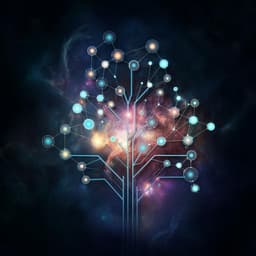
The Arts
Joseph Campbell's Oriental mythology in *Ghost in the Shell* (1995) and Occidental mythology in *Ghost in the Shell* (2017)
Q. Li, E. L. P. Tan, et al.
Explore how the iconic anime film *Ghost in the Shell* and its live-action counterpart redefine narratives and showcase the clash of Eastern and Western ideologies through the eyes of authors Qiao Li, Edwin L. Phil Tan, and Jianhua Yang. Discover the profound themes of identity and technology in this captivating analysis.
Playback language: English
Related Publications
Explore these studies to deepen your understanding of the subject.







